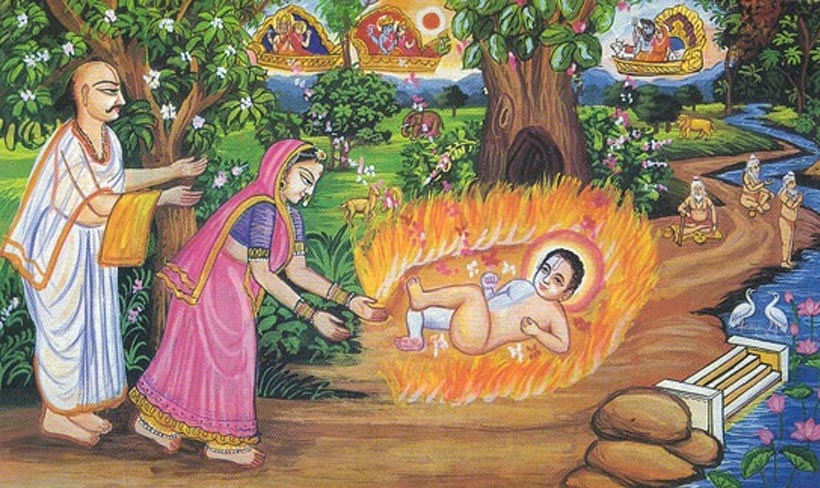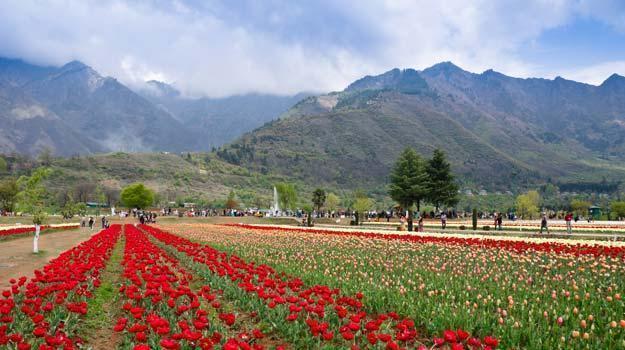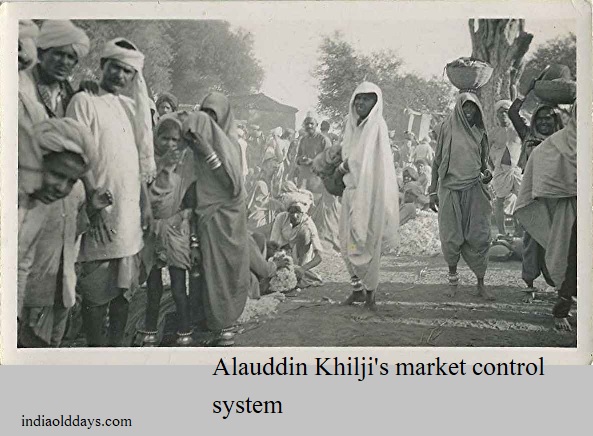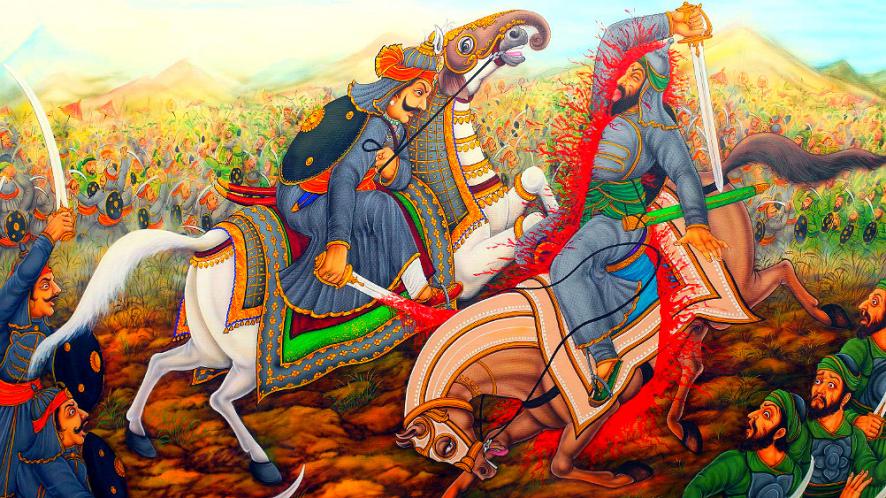History of Khandesh, Barar and Bijapur
Other Important Facts –
- Technical and financial status of Delhi Sultanate
- Archaeological sources of Ancient India
- History of Syed Dynasty (1414-1451AD)
- Important literary sources of medieval Indian history
Khandesh –
Founded in Khandesh Tapti river valley area, the independent Muslim state of Khandesh was founded by Malik Raja Faruqa in 1399 AD. did in. In the name of Malik King Faruqi dynasty, this lineage is named after the Faruq dynasty. The capital of Khandesh was Burhanpur, and the fort of Asirigad was a powerful soldier. Adil Khan II was the famous ruler of this lineage. He established his sovereign power over the Hindu rulers of Gondwana and Gadhamandala. All Sultans of this lineage hold the title of Khan Therefore, the Farruk empire was called Khandesh (the country of mines). 1601 AD In the Mughal Emperor Akbar, Khandesh was inducted into the Mughal Empire.
Berar-
The area, which was separated from the Bahamani Empire, was the first of the Barar, which was fathahullah Imadshah (Hindu to Muslim) in 1484 AD. By declaring independence, the foundation of the Imadshahi dynasty was laid. 1574 AD In Ahmad Nagar, Barar was taken aback.
Bijapur-
Bijapur’s Subedar Yusuf Adil Khan, 1489-90. By establishing Bijapur as independent and establishing Adilshahi dynasty. Adilshahi Sultans consider themselves a descendant of the Ottoman Empire of Turkey.
The chief Sultan of Bijapur-
Adil Khan – Religiously religious tolerant, but Shia preferred religion. He was also a great patron of art and literature.
Ibrahim Adilshah (1534-1558) – Abraham was the first Sultan of Bijapur, who assumed the title of Shah and made Hindavi (Dakani-Urdu) in Persian instead of Persian and appointed Hindus in many positions.
Ali Adilshah (1558-1580.) – After Abraham, his son Ali Adilshah sat on the throne. She was married to Chandbibi, daughter of Hussein Nizam Shah of Ahmednagar. It is also known as Sufi.
Ibrahim Adilshah II (1580-1627.) – He was a great lover of lover and lyricist. Because of his liberal perspective, his subjects used to address the title of Jagat Guru. Due to the assistance of the poor, he was called Abla Baba or a friend of the poor. In this period Sultan’s aunt Chandbabi was the real ruler of Bijapur. Ibrahim Adilshah composed the Hindi collection book-e-Nourus. In the same period, the angel completed the composition of the famous historical book named ‘tarikh-e-Firasta’. Abraham established the city of Noursapur and made it his capital. Ibrahim’s son Muhammad Adilshah became his successor. Muhammad Adilshah is buried in a world famous mausoleum in the name of round dome which is considered to be a worldly wonder. 1686 AD Bijapur ended its existence as an independent state when he was conquered by Mughal emperor Aurangzeb in his kingdom.
Reference : https://www.indiaolddays.com/






